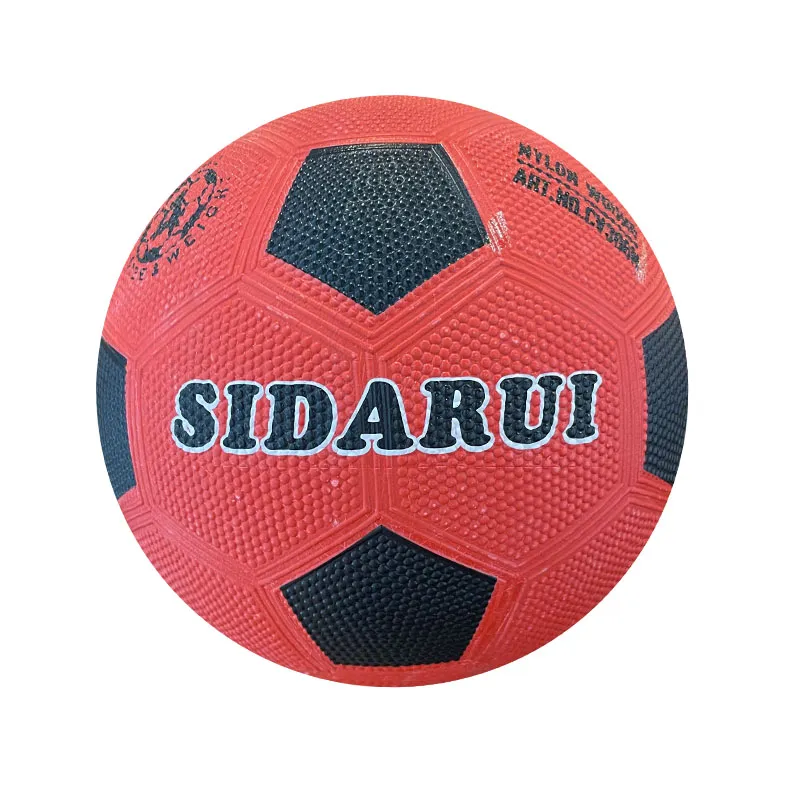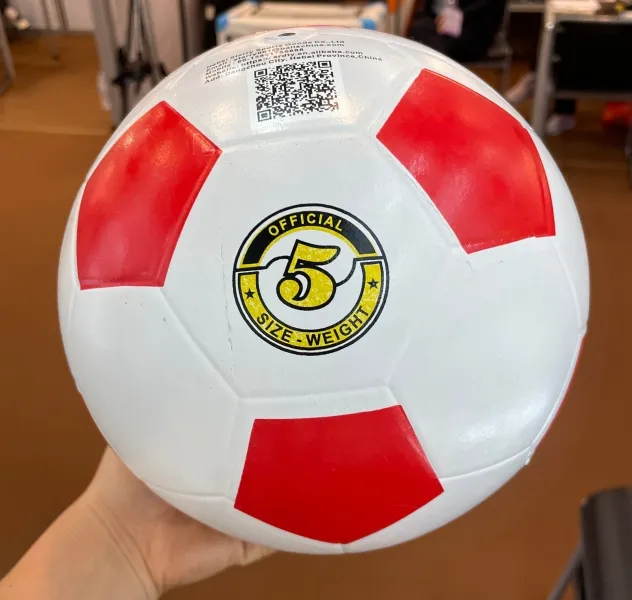When considering the perfect volleyball for either professional play or advanced training, understanding the factors that influence the price of these specialized tools is critical. The world of professional volleyball is dynamic, requiring equipment that not only complements high-level play but also adheres to international standards. Identifying the right volleyball often involves a balance of quality craftsmanship, material durability, and technological enhancements. As someone immersed in the realms of competitive volleyball and product analysis, here’s a comprehensive overview of what defines the price of professional volleyballs and how to make an informed purchase.

At the heart of any professional volleyball is its design and construction process. High-quality volleyballs are crafted to endure rigorous play while maintaining performance consistency. They are typically made of premium leather or synthetic leather, offering excellent grip and control. Leather offers a softer touch and better adaptability to play conditions, whereas synthetic leather provides enhanced durability and water resistance—essential for outdoor or beach volleyball.
One critical attribute professionals look for in a volleyball is its weight and panel design. Regulation balls weigh between 260-280 grams, and their 18-panel construction ensures balanced flight patterns and accurate trajectory. Such precision is vital during intense matches where every serve, spike, and block counts. The panels are commonly stitched using high-tensile threads, contributing to the ball's longevity and performance.

Another paramount factor is the bladder material, usually made of latex or butyl. Butyl bladders are preferable for maintaining air retention over extended periods, which is essential for uninterrupted matches. Conversely, latex bladders provide a softer, bouncier feel that some players may prefer. The choice between these bladders influences the feel and responsiveness of the ball, elements that impact overall control and reliability during play.
Technology’s role in manufacturing has significantly advanced, introducing microfibre materials and moisture-absorbent layers that enhance both indoor and outdoor play. These advancements ensure that the ball can withstand diverse conditions while offering players consistent grip and control. Such technological integrations contribute to the overall cost of the volleyball but deliver value in terms of durability and adherence to precise performance standards.
professional volleyball price
Certifications and endorsements from governing bodies like the Fédération Internationale de Volleyball (FIVB) or the USA Volleyball (USAV) are also key indicators of quality. Balls certified by these organizations meet strict international play standards, assuring buyers of their legitimacy and performance reliability. This seal of approval often adds to a ball's price, reflecting its adherence to the rigorous testing and quality benchmarks mandated by these authorities.
Brand reputation is an influential factor that affects the price tag of professional volleyballs. Established manufacturers such as Mikasa, Molten, and Wilson are renowned for their consistency in delivering high-performance sports equipment. Their investment in research and continuous innovation secures their market position as leaders. Opting for a reputable brand translates to guaranteed product quality, after-sales service, and sometimes extended warranties, thus offering peace of mind to the purchasers.
Furthermore,
professional volleyballs are subject to market dynamics. Global events, such as the Olympic Games or World Championships, often create surges in demand, which can temporarily affect prices. Staying informed about these trends can help prospective buyers time their purchases optimally.
As part of sound buying practices, potential buyers are advised to compare prices from different retailers and online platforms. Often, websites offer detailed reviews and user experiences that provide insight into a volleyball's performance and durability over time, contributing to its trustworthiness and authority in the market.
In summary, purchasing a professional volleyball requires a nuanced understanding of various construction materials, technological advancements, certifications, brand reputation, and market influences. It's essential for buyers to evaluate these factors comprehensively, aligning their choice with their specific playing needs and frequency. An informed decision not only ensures optimal investment but also enriches the play experience, fostering skill development and satisfaction in every game. This awareness elevates the credibility and authority of those sharing their expertise and experiences, reinforcing their role as trusted figures in the ever-evolving sports equipment landscape.













